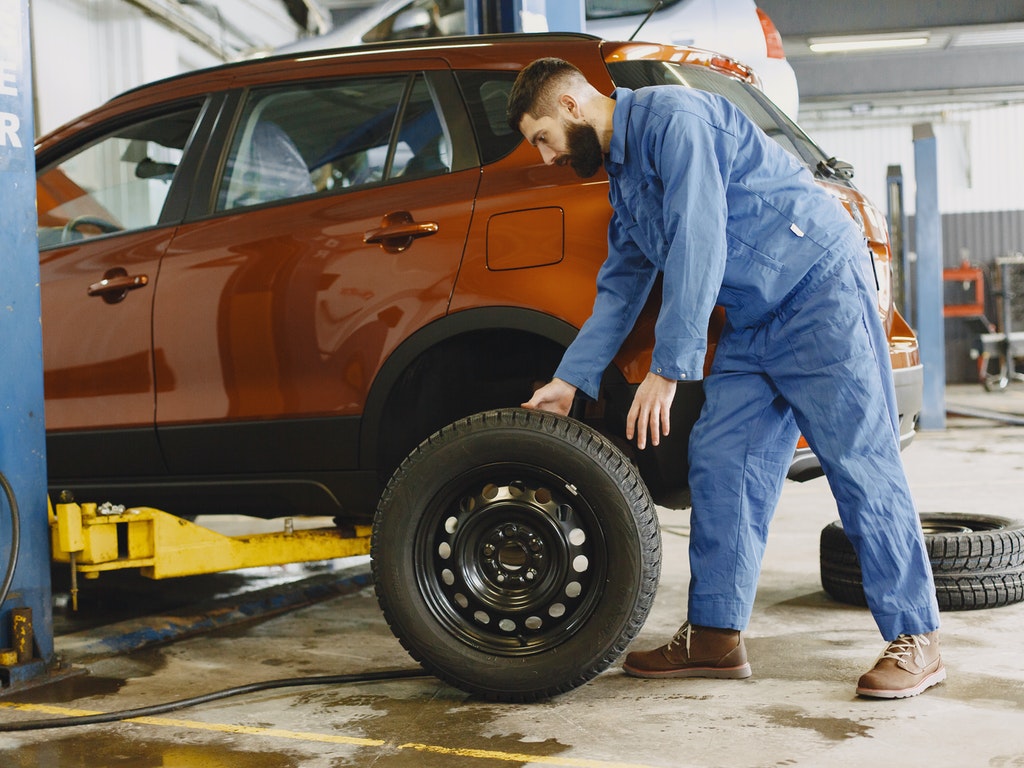Selecting the right tires for your car is crucial for ensuring optimal performance and safety. After all, the tires are the only thing that connect your car to the road. This guide will help you navigate the tire-buying process to make the best choice for your vehicle.
Determining the Correct Size
Begin by referring to your car’s owner’s manual or the information placard on the driver’s side door jamb. You’ll find a label that looks like this: P215/60R16 94T. The first part, “P215/60R16,” denotes the tire’s size measurements, including width and diameter. The “94” represents the load index, indicating each tire’s weight-carrying capacity. Finally, the “T” is the speed rating, indicating the tire’s maximum speed concerning the load index. It’s essential to match the tire’s size measurements, but you can have some flexibility in selecting a higher load index and speed rating.
Choosing the Right Type of Tire
While many retailers provide a list of tires available in your size, you may need to dig deeper to match the correct speed rating. Here’s what to consider:
All-Season Tires (S and T-Speed Ratings)
These tires offer good all-weather grip and long mileage, making them suitable for most mainstream cars and SUVs.
Performance All-Season Tires (H and V-Speed Ratings)
Often found on newer cars, especially those with enthusiast appeal or upgraded wheels, these tires offer better cornering grip compared to S and T-speed rated all-season tires. However, they may not have the same longevity.
Ultra-High-Performance Tires (ZR, W, and Y-speed ratings)
Designed for sports cars and performance sedans, these tires excel in cornering and high-speed driving. Distinguishing between all-season and summer variants may require a manufacturer’s website visit, but a summer tire typically lacks the “M&S” (Mud & Snow) designation on the sidewall.
All-Season and All-Terrain Truck Tires
These tires are intended for light-duty pickups and SUVs used for hauling and towing. All-terrain tires often feature an aggressive tread pattern for improved off-road traction, and their model names often include “A/T” or “All Terrain.”
Winter/Snow Tires
Identified by a mountain and snowflake symbol on the sidewall, these tires have a distinct tread pattern with numerous slits or sipes. When purchasing winter tires, it’s essential to buy a complete set of four to optimize braking and handling in wintry conditions.
In conclusion, selecting the right tires involves making an informed choice to ensure your car performs well and remains safe on the road.






